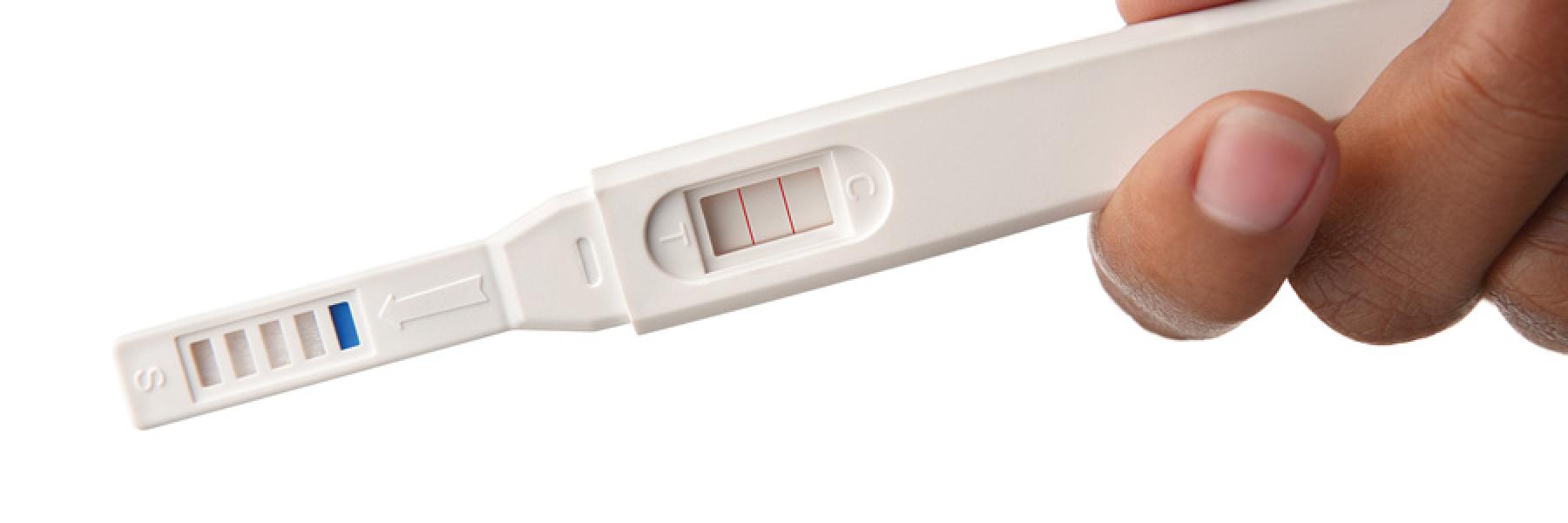Research shows a strong desire to have a child among HIV serodifferent heterosexual couples (where one is HIV-positive and the other is not). Unfortunately, however, access to conception methods that protect the HIV-negative partner are limited.
Back in 1990, the U.S Centers for Disease Control and Prevention (CDC) published a Morbidity and Mortality Weekly Report (MMWR) explicitly advising against insemination of semen from HIV-positive men. In the 27 years since then, multiple studies have been published demonstrating the efficacy of three methods that could help these couples: treatment as prevention (TasP); semen processing with the use of assisted reproductive technologies (either intrauterine insemination or in vitro fertilization); and pre-exposure prophylaxis (PrEP). And yet decades passed without any policy changes.
Ongoing stigma and fear surrounding safer conception options led to this stagnation and it was only in the summer of 2017 that the MMWR was finally updated. However, even this advancement wasn’t far enough, as the guidance incorrectly suggested the need for the concomitant use of multiple prevention strategies, and further suggested that assisted reproductive technologies was the best approach to safer conception.
Community activists quickly leveraged a change to this information, concerned that this guidance may continue to limit access for decades to come. They pointed to the existing science showing that all of those extra efforts were unnecessary. And, in response, the CDC published an erratum and updated guidance that reflects a more patient-centered approach and, instead, highlighted the effectiveness of TasP, assisted reproductive technologies, and PrEP—either individually or in combination. (See “How to Make a Baby” in the Briefly section of the November + December issue.)
At the center of debates about safer conception is U=U, an awareness effort created by the Prevention Access Campaign to promote the science showing that an undetectable viral load translates to untransmittable virus. While the scientific data to support this claim are undeniable, there remain two rationales for the scientific foot-dragging surrounding safer conception recommendations.
The first is the risk associated with seroconversion around the time of conception; women who acquire HIV while trying to conceive or in early pregnancy have a 2–3-fold increase in the risk of mother-to-child HIV transmission compared to women with HIV diagnosed prior to conception. The acceptance of this method thus changes for some people when considering the increased risk of infection for the mother and her developing fetus.
Furthermore, while TasP is certainly effective when viral suppression is achieved, we know that even for people engaged in HIV care, missed doses can happen and viral blips occur.
Therefore, the combination of TasP and PrEP may offer an affordable and accessible option for safer conception that provide added protection during these aberrations.
In addition to supporting a wider spectrum of safer conception options in this most recent MMWR, the CDC states, “it is important that health care providers regularly assess mixed HIV-status couples’ plans for conception. Considering factors such as risk tolerance, personal health, costs, and access to health care services, providers can help couples make the best decision for their personal circumstances,” thereby recommending that health care providers bring this to the forefront of their counseling.
This health systems response remains a tall task as access to knowledgeable providers remains an issue. A recent study of family planning providers demonstrated that while they wanted education on PrEP, only a minority felt competent to provide PrEP services. This is compounded when the discussion requires consideration of all options for conception. By the time they arrive in my office, serodifferent couples have almost always encountered multiple providers who have felt uncomfortable discussing their desire for a child and even discouraged conception. While hotlines at and registries of PrEP providers are popping up across the country (for example, the Clinical Consultation Center PrEPline at 1-855-HIV-PrEP), a unique remaining challenge is to identify providers who are comfortable and competent discussing all reproductive options.
We’ve come a long way since the 1990 MMWR, but meeting the CDC’s charge to provide patient-centered guidance on family building for serodifferent couples will require an investment in education and health care access. The time for this is now!
References available at positivelyaware.com.
Dr. Emily Miller is an Assistant Professor in the Department of Obstetrics and Gynecology, Division of Maternal Fetal Medicine at Northwestern University. She is a physician-scientist with clinical interests that include perinatal HIV. She cares for pregnant women living with HIV along with pre-conception serodifferent couples in Northwestern’s Women’s OB ID Clinic. She serves as an OB staff attending on the Illinois Perinatal HIV Hotline and is an active board member on the Pediatric AIDS Chicago Prevention Initiative and HOPE at Northwestern Memorial Hospital, organizations committed to the goal of eliminating maternal-to-child transmission
of HIV.


